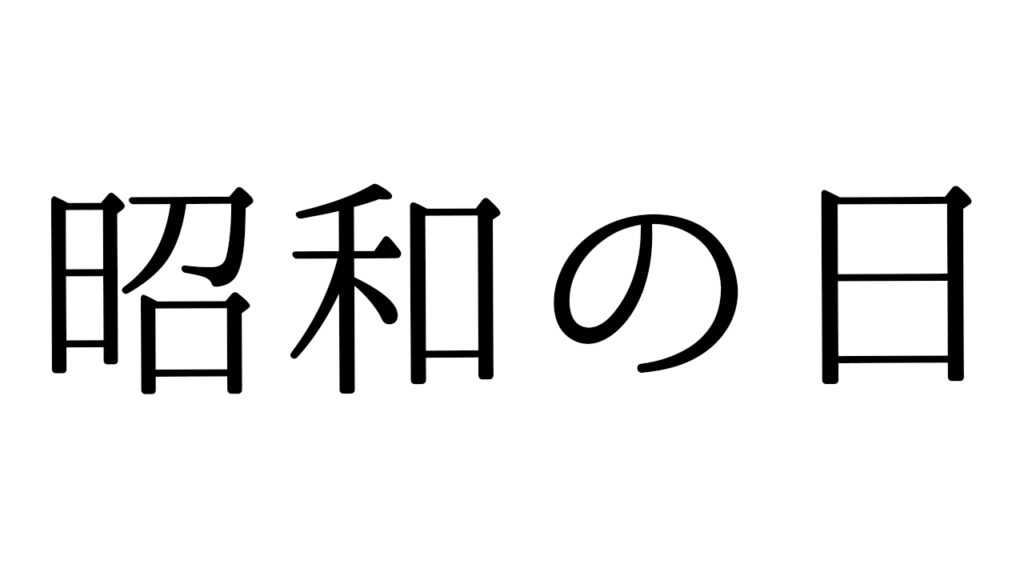In many European countries, aristocratic titles such as duke, earl, or baron remain part of national history and even modern ceremonial life. Yet in Japan—a nation with an ancient imperial tradition—no nobility exists today outside of the Imperial Family itself. Why does Japan, with its deep cultural heritage, lack a class of titled nobility? The answer lies in Japan’s unique historical path, shaped by feudal transformation, modernization, and postwar democratization.
- Japan’s Pre-Modern Noble Classes: Kuge and Buke
- The Meiji Restoration: Dismantling the Samurai Order
- The Kazoku System: Japan’s Short-Lived Peerage
- The End of Japanese Nobility: Post-WWII Democratization
- Why Japan Fully Abolished Its Nobility (Unlike Europe)
- Egalitarianism in Modern Japanese Society
- The Imperial Family: Japan’s Sole Remaining Royal Line
- Summary
Japan’s Pre-Modern Noble Classes: Kuge and Buke
Before modern reforms, Japan did have distinct noble classes, though quite different from European aristocracy:
- Kuge (公家): The ancient court nobility, centered in Kyoto, tracing back to the imperial court during the Heian period (794–1185).
- Buke (武家): The warrior nobility, better known as the samurai class, who rose to political power during the Kamakura (1185–1333) and Edo periods (1603–1868).
Unlike European feudal lords who often controlled hereditary landholdings, Japan’s samurai system was based on military service, vassalage, and loyalty to powerful shoguns.
The Meiji Restoration: Dismantling the Samurai Order
The turning point came with the Meiji Restoration (1868), when Japan rapidly modernized to avoid Western colonization:
- The Meiji government abolished the feudal domain system (han) in 1871, centralizing power under the emperor.
- The samurai class lost its hereditary privileges, stipends, and legal status.
- Former daimyo (feudal lords) and samurai were integrated into a modern national structure as ordinary citizens.
This marked the end of Japan’s feudal aristocracy, but not yet the complete elimination of titled nobility.
The Kazoku System: Japan’s Short-Lived Peerage
In an effort to modernize and legitimize its status alongside Western powers, the Meiji government introduced a new aristocratic class:
- In 1884, the Kazoku (華族) system was established, modeled partly on European peerage systems.
- The Kazoku combined:
- Former court nobles (kuge)
- Powerful feudal lords (daimyo)
- Individuals rewarded for service to the state (such as military or political figures).
- Five ranks were introduced: prince (公爵), marquis (侯爵), count (伯爵), viscount (子爵), and baron (男爵).
However, unlike European nobility, the Kazoku held primarily ceremonial and social status with little political power. Their main political function was to serve in the newly formed House of Peers, Japan’s upper house of parliament during the Meiji Constitution (1889–1947).
The End of Japanese Nobility: Post-WWII Democratization
Following Japan’s defeat in World War II, sweeping reforms were introduced under the Allied Occupation (1945–1952):
- In 1947, Japan adopted its current Constitution, which:
- Abolished the Kazoku system entirely.
- Prohibited hereditary titles outside the Imperial Family.
- Enshrined the principle of legal equality for all citizens under Article 14.
The House of Peers was dissolved, replaced by today’s House of Councillors. Overnight, thousands of noble families lost their legal status, becoming ordinary citizens. Only the Imperial Family remains as a symbolic constitutional monarchy.
Why Japan Fully Abolished Its Nobility (Unlike Europe)
Several factors explain why Japan completely eliminated aristocratic titles while many European countries retained them ceremonially:
| Factor | Japan’s Path |
|---|---|
| Postwar reforms | Allied Occupation enforced democratization and egalitarianism. |
| Weak aristocratic roots | Japan’s nobility was newly constructed and lacked deep political entrenchment. |
| Desire for equality | Postwar society emphasized meritocracy and educational opportunity. |
| No landed aristocracy | Unlike Europe, most Kazoku lacked vast hereditary estates. |
| Public sentiment | The Kazoku were viewed as outdated symbols of wartime hierarchy. |
Egalitarianism in Modern Japanese Society
Since the abolition of nobility:
- Japan has developed into a highly egalitarian society, especially compared to many other developed nations.
- Social status is largely determined by education, occupation, and personal achievement, not family lineage.
- While some descendants of former noble families remain wealthy or influential, they hold no special legal privileges.
The absence of hereditary nobility has contributed to Japan’s strong middle-class identity and cultural emphasis on group harmony (wa).
The Imperial Family: Japan’s Sole Remaining Royal Line
Japan does still retain one unique institution:
- The Imperial Family (皇室, Kōshitsu) continues as a symbolic monarchy under the postwar Constitution.
- The Emperor holds no political power but serves as the ceremonial head of state and symbol of national unity.
- Unlike European monarchies, Japan has no broader aristocratic class surrounding the throne.
The Imperial line remains the world’s oldest continuous hereditary monarchy, tracing back over 2,600 years in tradition.
Summary
Japan’s absence of nobility reflects its dramatic transition from feudalism to modern democracy. The Kazoku system briefly echoed European aristocracy during the Meiji era but was ultimately abolished after World War II as part of Japan’s complete commitment to legal equality and democratization. Today, only the Imperial Family remains, while Japanese society functions as one of the world’s most egalitarian developed nations.
For visitors curious about Japan’s traditions, this absence of aristocracy is not a gap but a reflection of how Japan uniquely merged ancient imperial tradition with modern democratic principles.


